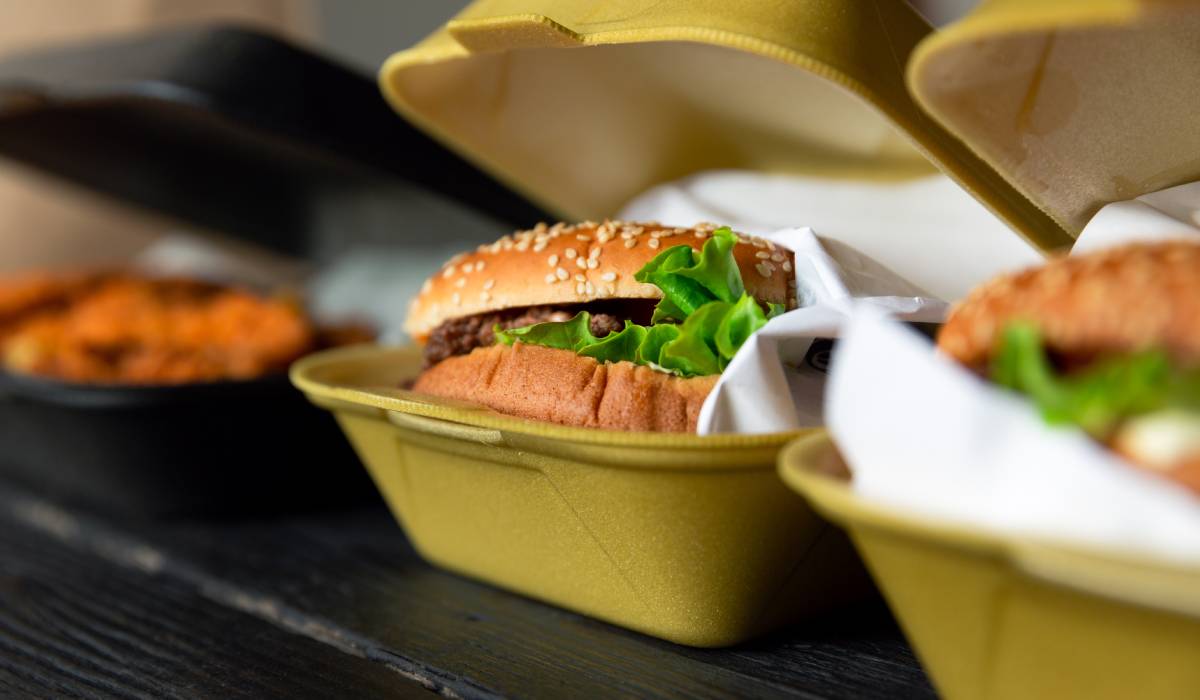Editor’s note: This is part four of a five-part series on menu pricing. Read part one here, part two here, and part three here. In the next and final article, we’ll talk about pricing for delivery and takeout.
Did you watch the Olympics? If so, you probably saw some medal ceremonies. The gold medal winner was of course ecstatic, but let’s talk about the silver and bronze medal winners. Bronze medal winners usually look very happy because they won a medal in an Olympic event, but the silver medal winners often don’t look all so happy because they might be thinking that they got close to winning gold, but instead “only” got second.
You might wonder why I’m telling that story and how it relates to pricing. It’s a perfect example of how our brains process gains and losses differently. Daniel Kahneman (yes, the same person who did research on perceived fairness) and Amos Tversky developed a very powerful theory called prospect theory. Prospect theory is all about how people make decisions based on the potential value of losses and gains rather than the final outcome.
Let me give you two more examples. Let’s say I gave you a choice between $50 or a 50 percent chance of getting nothing and a 50 percent chance of getting $100. Chances are that you’d choose the sure $50.
But, what about if I gave you a choice between losing $50 or a 50 percent chance of losing nothing and a 50 percent chance of losing $100. Most people would choose the second option.
What’s going on here? The value of the two choices is exactly the same, but why do we choose those options? That’s exactly what prospect theory is all about. In the first example, we view the sure $50 as a gain; while in the second example, we view losing $50 as a loss. OK, that’s interesting, but how does this relate to pricing?
Think about their findings—that people prefer things framed as a gain rather than as a loss. Let’s look at pricing and rate fences. Assume you decide to use day of week pricing and charge higher prices on the weekends. You could either say that you’re charging 20 percent more on the weekends or you could say that you’re charging 20% less during the week. They’re the same, but which would customers prefer? That’s prospect theory in action.
In the last article, I talked about some of the studies that Jochen Wirtz and I had done on the perceived fairness of rate fences. We found that customers considered day of week, time of day, coupon, and lunch/dinner rate fences to be fair, but that they viewed table location pricing as unfair. We decided to extend that study to include framing.
Each respondent had to evaluate the fairness of six different rate fence scenarios. Half of the scenarios were framed as a higher price (a surcharge) and half as a lower price (or discount). For example, time of day pricing was presented as having a lower price if you came before 6 pm OR having a higher price if you came after 6 p.m. Similarly, table location pricing was presented as costing more if you had a table with a good view and costing less if you had a table without a good view.
We found that when time of day pricing, weekday/weekend pricing and table location pricing was presented as a discount, that customers found it to be fairer than when it was presented as a surcharge.
The effect of framing was even more noticeable for table location pricing. Overall, customers viewed table location pricing as unfair, but when we framed it as a gain (you pay less) people viewed it as fair. Framing didn’t matter for lunch/dinner pricing and two-for-one coupons.
So, what does this mean for you? The key takeaway here is to try to frame things as a discount for your customer rather than charging more. It’s prospect theory in action—frame things as a gain, not as a loss.
P.S. Why did the bronze and silver medal winners react the way they did? The bronze medal winner framed it as a gain and the silver medal winner framed it as a loss. Again, prospect theory in action.
Sherri Kimes (sherrikimes.com) is an Emeritus Professor at the Hotel School at Cornell and specializes in pricing and revenue management. She is passionate about helping restaurants increase profitability. She can be reached at sk@sherrikimes.com.











